If you're new to short story writing, it can be intimidating to think of fitting everything you need in a story into a small word count. Are there certain elements of a short story you'll need to know in order for your story to be great?
Writers struggle with this all the time.
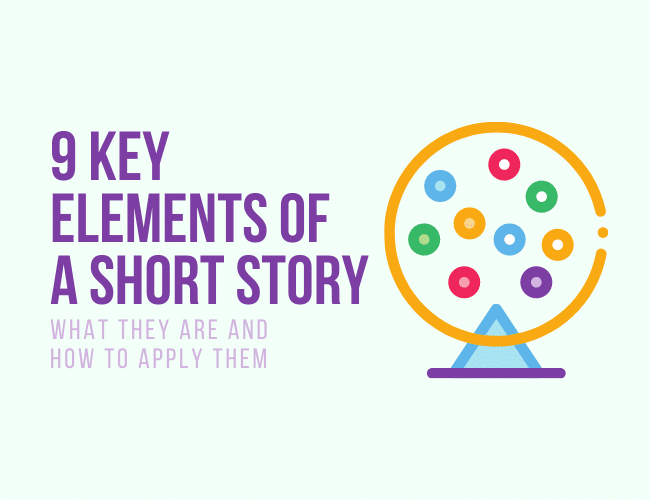
You might want to develop deep character backgrounds with a huge cast of characters, amazing settings, and at least two subplots. And that's great. But that wouldn't be writing a short story.
You might try to cut some of these things, and then all the sudden you don't have a character arc or a climax or an ending.
Every story has basic elements; a short story's basic elements are just more focused than a novel's. But all those elements must be there, and yes, they need to fit into a short word count.
In this article, you'll learn what you need to make sure your short story is a complete story—with three famous short story examples. These story elements are what you should focus on when writing a short piece of fiction.
The Key to Compelling Stories: It's NOT Dun, Dun, DUUN!
When I first started writing, I mainly worked on horror short stories. I wanted to create that dun, dun, DUUUN! moment at the end of all of them. You know the one. In the movies it's where the screen goes to black and you’re left feeling goosebumps.
I remember the first writing contest I entered (right here at The Write Practice!), I submitted a story that I thought was pretty decent, but didn’t really think would win.
I was right; it did not win.
But mainly I wanted the upgrade I’d purchased: feedback from the judge. She was great and told me my writing was good and tight, but there was one major issue with my story.
The dun, dun, DUUN!
I’d tried to cultivate actually meant my story just . . . cut off. There was no ending. There wasn’t even a complete climax. I got it ramped up and then just . . . stopped.
That feedback changed me as a short story writer. It made me really pay attention to what needed to be in a story versus what was unnecessary.
I studied short stories. I made note of what an author did and where. I basically taught myself story structure.
This may seem obvious, but a short story, even though it’s short, still needs to be a story.
So let’s start with the basics.
P.S. If you want to learn more about the five major steps you need to complete to write a short story, read this article.
What Is a Story?
I know a man who consistently tells stories during parties. (Sort of like this guy!)
He starts out well but then goes off on tangent after tangent, ultimately not really getting to any sort of point.
New people (re: characters) are introduced, then dropped. New events are mentioned, but not resolved. By the time he gets to the end of his “stories,” eyes have glazed over and the “punchline,” as it were, falls flat.
What this man is trying to do is share a short story, and he’s doing it terribly.
A story, no matter the length, can be boiled down to a character wanting something, having a hard time getting it, and finally either getting it or not.
That’s it.
Stories are actually simple when you look at the basics. This is why writing short stories will make you a better writer.
Short stories force a writer to practice nailing structure and pace. If you nail those things, you’ll be able to write stories of any length (and not bore people at parties).
And like novel-length stories, short stories contain certain elements in order to hold up the plot structure and pace.
For each story element below, I'll use three classic stories as examples:
- Shirley Jackson's “The Lottery”
- Edgar Allen Poe's “The Cask of Amontillado”
- O. Henry's “The Gift of the Magi”
Take a few minutes to refresh your memory by clicking on the links of each, if you wish.
9 Key Elements of a Short Story
When it comes down to the elements of a short story, focus on nine key elements that determine if the short story is a complete story or a half-baked one.
1. Character
Characters in books are well-drawn. There's a lot of time spent on character development and backstory. That's not needed for short stories.
Short stories need one central character and one or two other major characters. That’s about it. There isn't enough room to have a ton of characters and a story will veer away from the central plotline if a large cast is present.
The reader doesn't need to know everything about this character. They don't even need to know their physical appearance if it's not vital to the story. Your character traits in short stories can be so minimal, they don't even need a name.
This doesn't mean the protagonist is a static character who is basically a zombie on a couch. They still have to be a dynamic character, one that changes throughout the story.
When you're thinking of character creation for short stories, you don't need to dive into too much detail. Two to three character details are normally enough.
See how the three short story examples used in this article develop characters:
The Lottery
The main character is Tessie Hutchinson.
We don't know much about Tessie, other than she's unkempt and arrives late with a slew of jokes. You'll no doubt note here that this story has a lot of characters, not just two or three.
But notice only a few of the other characters are fleshed out much at all. The other characters of note here are:
- Mr. Hutchinson
- Mr. Summers
- Old Man Warner.
The Cask of Amontillado
This short story has significantly fewer characters:
- The main character
- Montresor
- Fortunato.
The Gift of the Magi
There are only two named characters:
- Della, the main character
- Jim, Della's husband
2. Want/Goal
The central character needs to want something—even if it’s a glass of water, as Kurt Vonnegut famously said. (They can also not want something. But they have to have an opinion either way.) The story is their quest to get said something.
Obviously, in real life people want multiple things, often at once and often in contrast to each other. But in a short story, the goal needs to be focused and relatively simple.
This want/goal is important to the story plot. This is what drives the character's decisions as they move throughout the space of your story. The goals in the short story examples are:
The Lottery
Tessie, as with every other person who shows up at the lottery, doesn't want to get chosen.
The Cask of Amontillado
Montresor wants revenge for an insult Fortunato threw his way while drunk.
The Gift of the Magi
Della wants to give her husband a Christmas gift.
3. Conflict
Obstacles and complications need to make the protagonist's journey hard, and these types of conflict should raise the stakes as the protagonist tries to achieve their want/goal.
In books, multiple things need to get in the way of the character completing the goal, but in short stories, there can be as little as one central conflict.
Conflict stems from the antagonist, whether that’s an external baddie (character conflicts with each other), an internal issue, forces of nature, or society being against them. Here's how conflict works in our three examples:
The Lottery
Tessie conflicts with the other townsfolk, her husband (who is more rule-abiding than she is), and the overall way of life the lottery is forcing.
The Cask of Amontillado
The main conflict is this supposed insult Fortunato made to Montresor. Interestingly, even though this story is a rather brutal revenge story, there isn't much surface conflict happening.
Fortunato essentially walks to his own death without much protest. Montresor also goes through an internal conflict toward the end when he hesitates, only for a moment, over what he is doing.
The Gift of the Magic
Della has a more straightforward conflict with poverty: she's only got a dollar or two and wants to buy a nice gift for her husband.
4. Decisions
If characters sit around watching the world go by, there's no story plot. A character needs to make decisions at every turn to drive the story forward.
Your want/goal is the reason behind these decisions, but the conflict is what's driving the need to even make them.
Let's go back to Vonnegut's idea of a character wanting a glass of water (goal).
Say that character was lost in the desert (conflict). They'd do anything to get a glass of water, wouldn't they? That glass of water is the primary source of them living right at that moment, and everything revolves around that.
They're not going to make a move without it being in service of that ultimate goal.
In short stories, the protagonist's main goal is the driving force behind their decisions for the few thousand words we spend with them.
Among the decisions made in the three example stories are these:
The Lottery
Tessie decides to protest the results of the lottery in the hopes of not getting stoned to death.
The Cask of Amontillado
Montresor decides to keep walling up Fortunato after his slight hesitation over whether this was really a good idea to get his revenge.
TheGift of the Magic
Della decides to cut her hair off and sell it in order to afford a gift.
5. Climax
This is the element of most stories that’s missing when someone tells a boring story at a party. This is the exciting part, the punchline, the ultimate point of the entire story.
This is where the character goes up against the baddie in a final showdown and either wins or loses. This is the ultimate answer to the What If Question we talked about before.
The climax for each of our examples is:
The Lottery
Tessie “wins” the lottery and fights the results (to no avail).
The Cask of Amontillado
Montresor chains Fortunato in the wall and he realizes what's happening to him.
TheGift of the Magic
Della and Jim give each other the gifts and realize those gifts are currently “pointless” because each of them sold what they would use the gift for.
6. Ending
The ending is short, often only a couple of sentences in a short story. This is where everything is wrapped up.
It follows the climactic fight and winds down the remaining character and plot points, letting readers breathe and showing them what comes next for the character. (This is not the time to dun, dun, DUUN!)
This is often missing in short stories.
Ambiguous endings are fine, but the writer must give a glimpse of what happens to the main character.
The Lottery
Tessie is stoned to death so the townsfolk can go back to their normal lives.
The Cask of Amontillado
Montresor decides to keep on sealing Fortunato behind the wall, despite the feeble protests from the man.
TheGift of the Magic
Della and Jim realize they really gave each other the gift of love and go about their Christmas.
7. Change
When you encounter conflict in real life, you make decisions, which lead to change. It’s the same for the characters.
They change throughout this little adventure they’re on, and so do their circumstances.
If they’re in the same place at the end of the story they were at the beginning, did anything even happen?
The Lottery
Tessie's change is pretty obvious: she's dead. Before that, though, she changes from joking and disregarding this weird tradition to getting very scared and angry very quickly.
The Cask of Amontillado
Montresor is freed from his irksome frenemy, and also knows a little bit more about himself and what he's capable of.
TheGift of the Magic
Della and Jim realize the true gift wasn't anything that could be bought and are happy with the love they've shared rather than worrying about material things.
8. Point of view (POV)
Choose one point of view and stick to it.
This is essential in a short story. You do not have enough room to go head-hopping or switching points of view with each paragraph.
You want your reader to be with your character the whole time, otherwise they will lose interest.
If you need a point of view refresher, read this article.
Here's the point of view in each of the short story examples:
The Lottery
Third-person omniscient
The Cask of Amontillado
First person
TheGift of the Magic
Third-person limited
9. Setting
Even short stories should have a decently drawn setting.
This is tricky because, again, you don’t have room to be describing every little thing.
You’ll need to weave in the setting as you tell the story and stick to the essentials.
Notice the three example stories have something in common: a rather ambiguous setting.
The Lottery
We know Tessie lives in what seems to be an agrarian small town. We don't know where, what time period, or why the lottery exists.
The Cask of Amontillado
Our wine lovers in “The Cask of Amontillado” are mostly in the family crypt.
TheGift of the Magic
We know Della and Jim live in a small, run-down apartment. We don't know where or when.
The reader doesn't know much about the setting in any of these stories, but they don't need to know much. The plot hums along just fine without all those details.
What a Short Story is Not
It's often the case that the writer lets the muse take over when story writing.
In this case, what ends up on the page is often flowy sentences that sound profound and a “story” that sounds more like the ramblings of poor Fortunato.
It's fine to let a story writing get loose and to play with language. Innovation is experiementation. But when a writer does this, it's often not truly a short story, or a story at all. It might be profound. It might be quote-worthy.
But it also might not be a story.
A short story is not:
- Short stories are not poems. Poetry doesn’t have the burden of having to tell a story (though it can, I know that, so don’t come at me). Short stories are stories with story structure. You can write them with poetic language, but there must be a story in there.
- Short stories are not plotless. Stream of consciousness is a great way to write morning pages, to get in the mood to write, to journal, etc. It’s not a great way to write a short story. Again, short stories are stories. They have to have a plot.
- Short stories do not have subplots. Remember that guy I talked about at the beginning of this article? When he went off on tangents, he was getting into subplot territory. There is no room in a short story for subplots.
Stick with one major event that’s happening to one main character.
A Note on “Rules”
I’ve been working with writers long enough to know that some of you reading this article are telling me off, especially with the last section.
I get it. You want to be creative. You want to follow your muse.
You want to do what I’ve just told you not to do.
Here’s the thing: rules are meant to be broken. I will give you that.
If you want to experiment and find a way to insert a new subplot and resolve it in every paragraph, do it. But in order to break the rules, you need to master them first.
Start by including each of these story elements in your short story.
When you can ensure you have each story element consistently, then you can get crazy.
Which element do you need the most practice on? Tell us in the comments.
PRACTICE
Revisit a short story you've written. Take fifteen minutes to analyze the story.
Look for each of these nine elements. Choose one missing element and add it. (If one isn't missing, then choose one element to beef up.)
When you’re finished, share your work in the Pro Practice Workshop. Not a member yet? Join us here!
Sarah Gribble is the author of dozens of short stories that explore uncomfortable situations, basic fears, and the general awe and fascination of the unknown. She just released Surviving Death, her first novel, and is currently working on her next book.
Follow her on Instagram or join her email list for free scares.
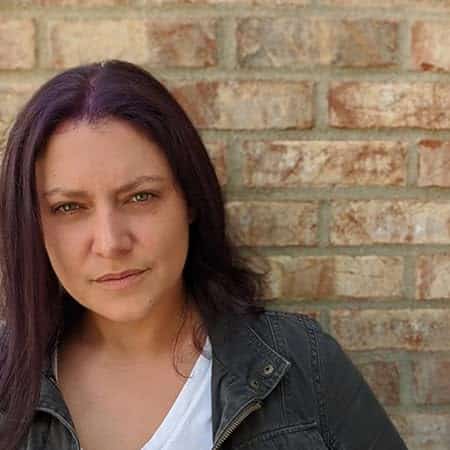
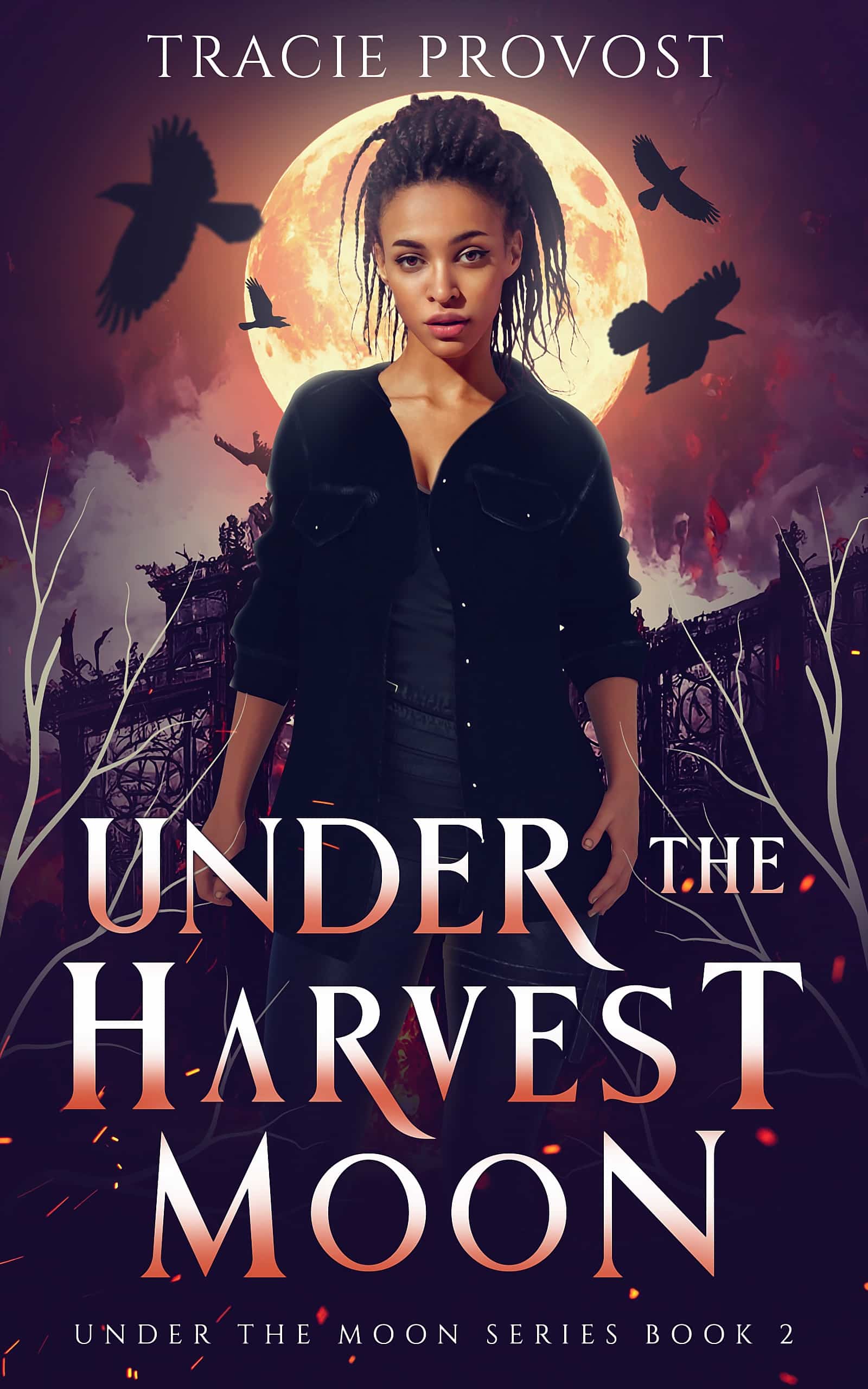
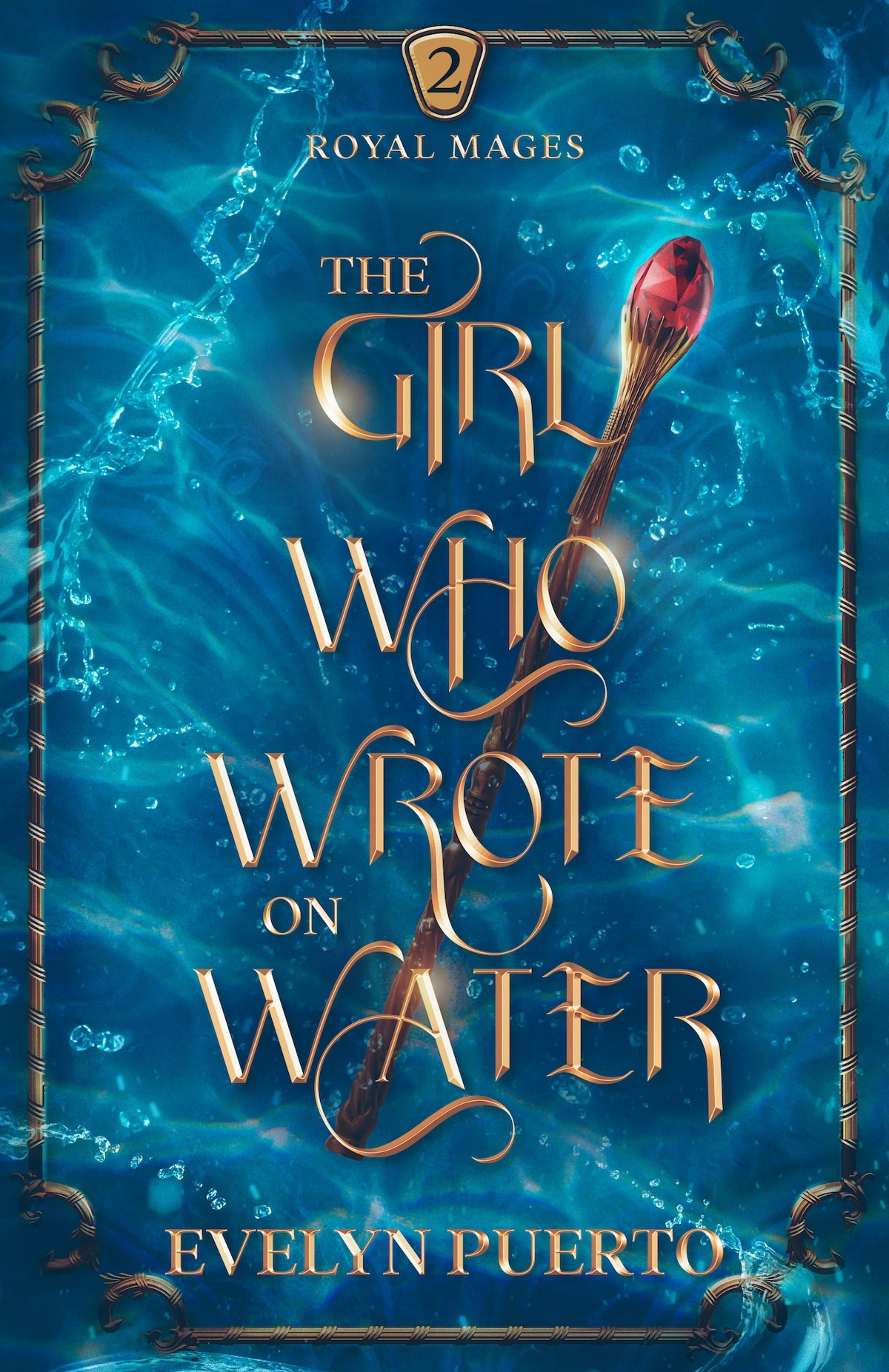
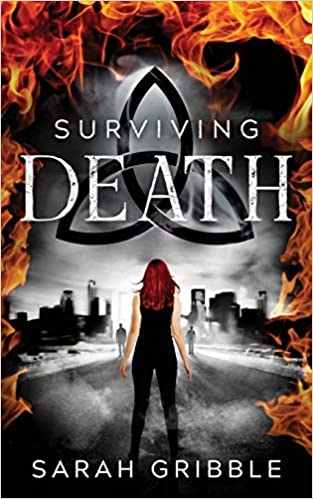
Excellent post. I am okay with your weekly scares now.
what is the element of a short story.
Thank you Sarah. Now, maybe I can salvage my short story.
After reading all this information, I believe I need to proofread all my short stories. You mentioned poetry is not a short story (most of the time), but I was wondering if children’s stories are considered short stories, since they are already short.
Thanks
Ellen
This helped, thanks! Gotta proof-read some of my short stories.. It’s kind of hard to shorten them, though :[